When it comes right down to it, one of the best things you can do for your garden’s health and vitality next year is to not till it under this fall. In fact, the less you dig at all in your fall garden – the better!
It may seem strange that rototillling is a bad way to clean up a garden in the fall. After all, it does a great job of tilling under old plants and weeds. Even more, it leaves the soil completely loose, soft and looking incredibly smooth and neat. Well, for the moment at least…
Unfortunately, when it comes to building great soil and preventing weeds for next years garden, those aforementioned “benefits” are actually not benefits at all. They instead, are exactly the opposite!
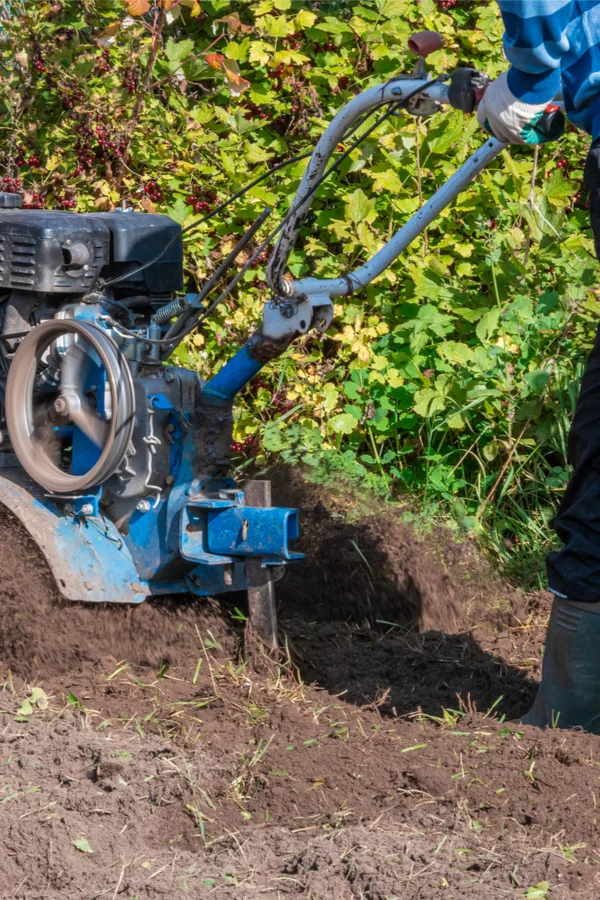
In fact, tilling in the fall can make next year’s garden weeds far more populous and troubling. And in the process, actually destroy thee soil quality while making it easy for erosion to take away your garden’s top layer of soil.
With that in mind, here is an in-depth look at the pitfalls of fall tilling, along with a few great alternatives for cleaning up your garden this fall that can help to nearly eliminate next year’s weeds, and improve your garden’s soil in the process!
3 Simple Reasons To Not To Till Your Fall Garden
#1 Eliminate Next Year’s Weeds
Plain and simple, tilling a garden is the number one method for increasing the number of weeds in your garden. And with it, the amount of future work you will have to do to eliminate them.
Especially when it comes to tilling a vegetable garden in late autumn. How so? By late summer and early fall, most gardens certainly have their fair share of weeds growing.
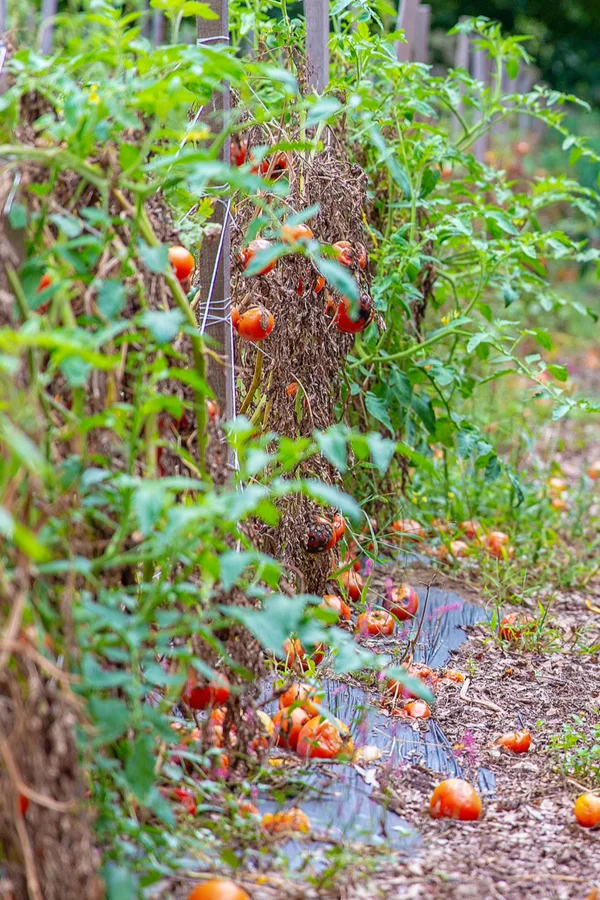
As crops are harvested and plants begin to fade, weeds usually begin to take hold. And many of those weeds have already started to create seed heads at the top of their stems.
In addition, many of the old vegetable plants have started to drop their rotten or damaged fruit to the ground. And of course, that rotting fruit contains a large cache of seeds within its walls as well.
So what does tilling all of these weed and vegetable seeds into the soil do? Well, it plants them incredibly well. Nice and deep into the soil where they can lie protected from winters fury. And they simply wait until next spring and summer to become your absolute worst nightmare!
But by not tilling, those seeds remain on the surface. Not only do most not make it through winter, they also stay above the soil, unable to germinate and become an issue.
#2 Controlling Disease – Why Not To Till Your Garden This Fall
There are many soil borne diseases that can cause big issues for vegetable gardens. At the top of that list is blight. Blight can wipe out tomatoes, potatoes, peppers and more with ease. Year after year.
And once again, tilling can play a role in helping to spread it. Unfortunately, by tilling in the foliage and roots of crops like tomatoes, it can actually help spread the disease by giving it a path into the soil.

Instead of tilling in these crops, they should instead be removed from the garden at the end of the season. And while the foliage of most crops can be composted, it is best to dispose of your tomato, pepper and potato plants outside of the compost pile.
These plants simply have too many issues with disease. And by putting them in your home compost pile, they can easily infect next year’s plants as well. (See: What To Do With Your Old Tomato Plants)
#3 Maintaining Soil Structure & Erosion Control – Why Not To Till Your Garden
Last but not least, the last thing you want to do for your garden is leave its soil bare for winter. Freshly tilled soil may look nice in the fall, but it leaves the soil exposed to the harshness of winter’s snow, wind and rain.
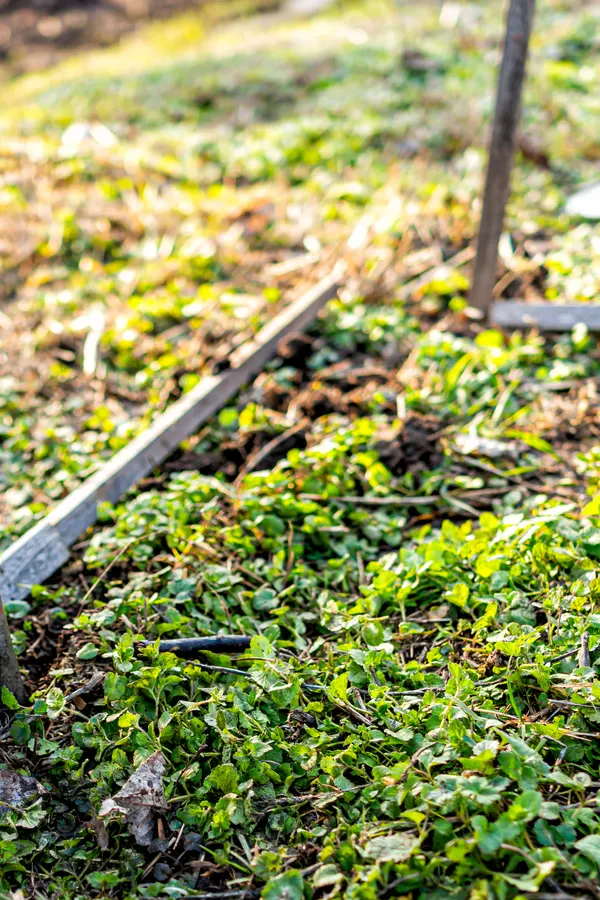
As much as an 1/8th of a garden’s precious topsoil can be taken away over winter from erosion when soil is left bare. And there is no better way to leave it bare than by tilling! Open soil also allows thousands if not tens of thousands of additional weed seeds to blow in and find a home.
Tilling also can destroy the soil structure of a garden. And in a couple of very serious ways that can have lasting detrimental effects on your garden’s performance.
The Damage Tilling Can Do
First, it can create a hardened space under the tines that can keep moisture from passing through. This is often know as hard-pan soil, and it create a garden that cannot rid itself of excess moisture.
And finally, all of that super-fine soil that is left behind from tilling is not all its cracked up to be. The more you till the soil, the more it can easily compact down tightly. In addition, tilling destroys all of the channels and airways that have formed in the soil from roots and earthworm activity.
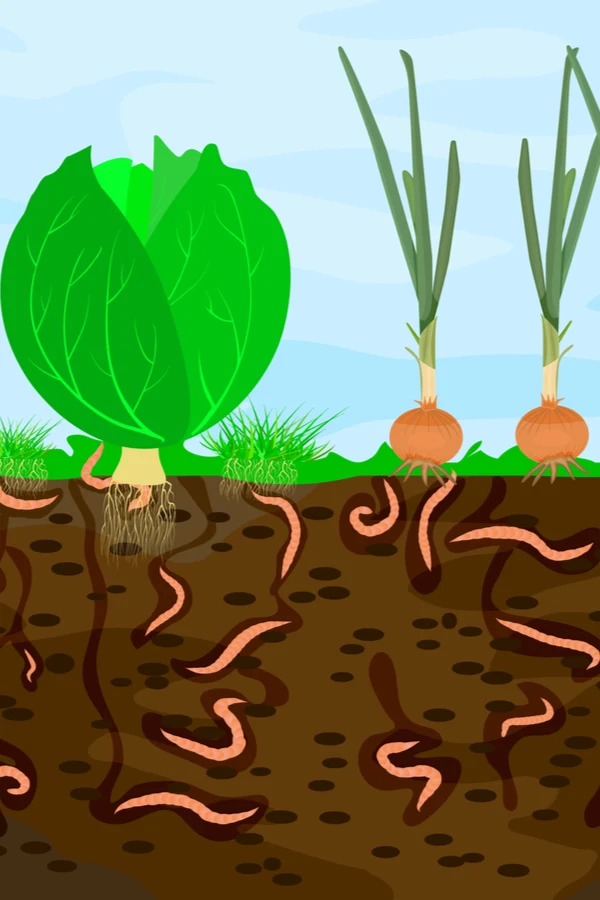
Those channels are vital to plants, allowing oxygen and water to find it’s way to the roots of plants. The more you till, the more it destroys the channels. And, the more the soil is left to easily compact tightly together.
The Best Way To Prepare Your Garden For Winter – Why Not To Till Your Garden
So what is the best way to really prepare and protect your garden for winter? And at the same time keep next year’s weeds out while re-energizing the soil?
It all begins with clearing your garden of plants and then covering it. Whether by planting a soil-rejuvenating cover crop, covering it with leaves or straw, or as a last resort – covering it with a tarp!
The best way of all is by planting a cover crop. Cover crops not only protect the soil with a thick blanket of foliage, they also recharge the soil and provide plenty of nutrients back for next year’s crops.
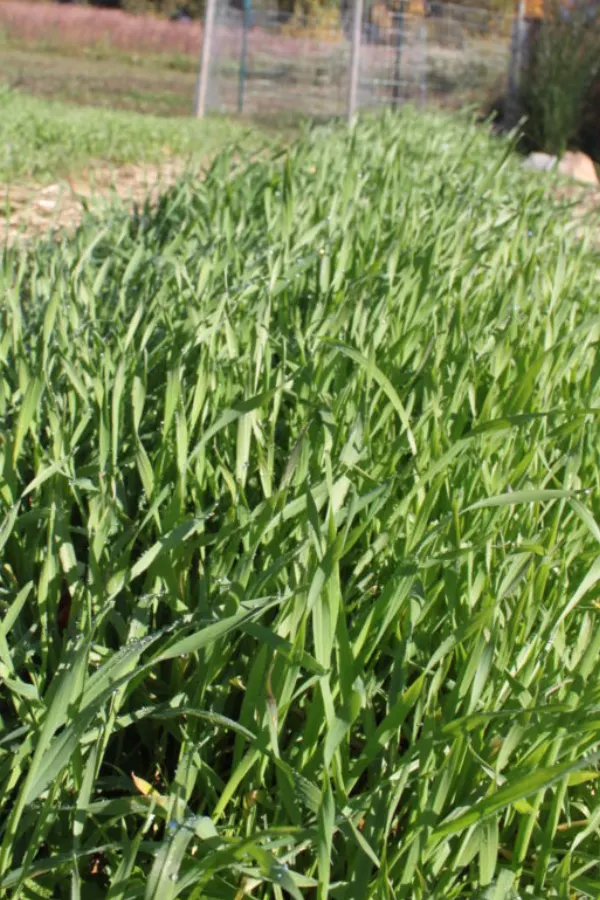
Even more, they snuff out any existing weeds and keep additional weed seeds from blowing in and setting on bare soil. They are easy to plant, and even easier to maintain. Best of all – they don’t have to be tilled to plant – or when they finish growing! (See : How To Plant A Fall Cover Crop)
How To Protect A Garden Without A Cover Crop
The next best method is to cover it with shredded leaves, straw or grass. The leaves and grass are excellent because not only do they protect the soil from weed seeds and erosion, but they also give back nutrients to the soil as they break down over winter.
And if you simply can’t do a cover crop or a natural covering, then tarp that garden. By covering it, you snuff out weeds, and protect it from erosion. A much better option that looking out next spring to a garden covered in weeds!
Here is to protecting your soil and powering your garden next year. And of course, to not tilling that soil to help! Happy No-Till Gardening, Jim and Mary.

Jim and Mary Competti have been writing gardening, DIY and recipe articles and books for over 15 years from their 46 acre Ohio farm. The two are frequent speakers on all things gardening and love to travel in their spare time.
As always, feel free to email us at thefarm@owgarden.com with comments, questions, or to simply say hello! You can sign up for our free email list in the subscribe now box in the middle of this article. Follow us on Facebook here : OWG Facebook. This article may contain affiliate links.
